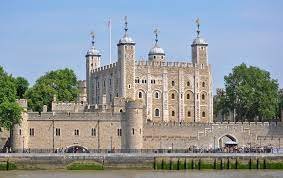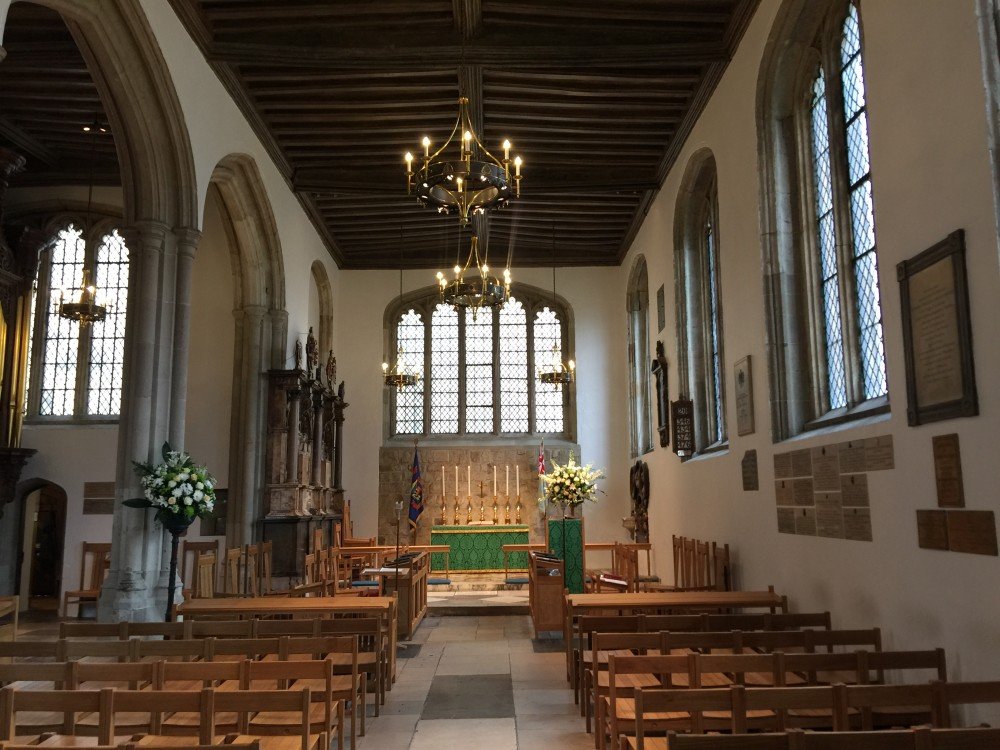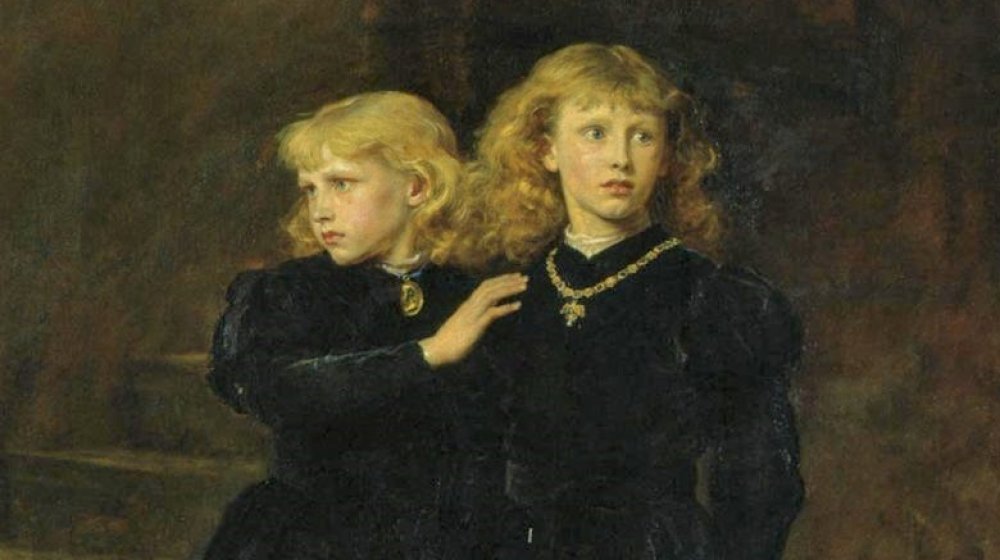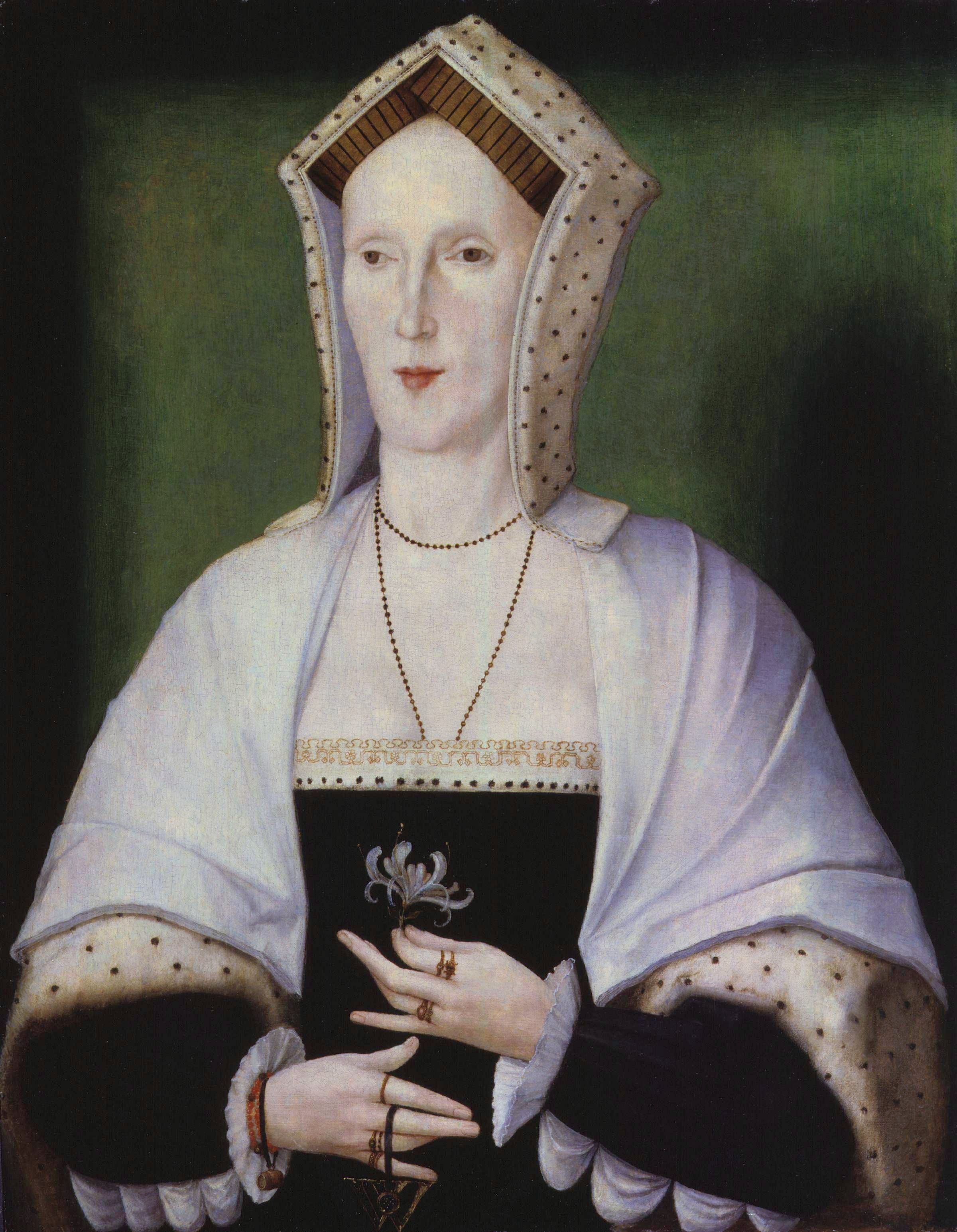Tower of London
Photo Credit: Wikipedia
Episode #7 - Originally aired May 7th, 2021
Located on the north bank of the River Thames, a mighty stone tower stands on 18 acres.
The most secure castle in the land, once serving as a royal palace, a political prison, a place of execution, an arsenal, a royal mint, a public records office, and a menagerie…whew…
It even housed the crown jewels and royal family at one point in time.
With enough history and hauntings to fascinate its 3 million annual visitors, I had to make this my next stop.
This week’s Spooky Space is The Tower of London.
Photo Credit: history.com
Following his coronation in 1066, a nervous William the Conqueror began construction on the massive fortress that still stands today.
William was fresh from a victory, and wary of a rebellion, he built the tower in order to defend and uphold his royal power. Not only hoping to keep his position, but also to dominate the hearts of the townsfolk.
The central tower, known as the White Tower, began in 1078, built from limestone that was of Caen, out of Normandy. In the 12th and 13th centuries, the grounds were extended, making the White Tower the center.
With 13 towers surrounding, some of the best known are the Bloody Tower, Beauchamp Tower, and Wakefield Tower, it’s the largest and strongest “concentric” castle. The outer area is surrounded by a moat - now empty - that was once filled by the River Thames.
There is only one entrance, which was nicknamed “Traitor’s Gate” after the many prisoners who entered.
You see, during the Middle Ages, the tower became a prison for political crimes, with most offenders being executed on Tower Green or on the public Tower Hill.
Among those executed - Richard II’s tutor, Sir Simon Burley (1388), humanist Sir Thomas More (1535), Henry VIII’s second wife, Anne Boleyn (1536), and Scottish Jacobite leader, Simon Fraser (1747), other notable inmates included Princess Elizabeth for suspicion of conspiracy, Guy Fawkes - soldier and conspirator, and Sir Walter Raleigh - yes, the author of Sherlock Holmes was a prisoner in the Tower of London for marrying without Queen Elizabeth I’s permission.
Photo Credit: dreamstime.com
Up until the 1800s, the Tower served as the royal armory, where weapons and armor was made, tested, and stored. Much of this collection was moved to Leeds in 1996.
Up until 1810, Kings and Queens stored their valuable belongings at the Tower, even today, the Crown jewels are housed and protected.
At one point, the Tower served as the Royal mint and controlled the coin supply.
Medieval Kings and Queens lived in luxurious apartments at the Tower, using the Chapel Royal to worship, kept a menagerie of exotic animals, and held magnificent ceremonies. No longer standing, there was once a palace to the south of the White Tower, Henry VIII had the rooms prepared specifically for Anne Boleyn’s coronation in 1533, she and Henry dined here the night prior to her processional through the city of London to Westminster Abbey.
Three years later, Anne returned, accused of adultery and treason. She was held in the same lodgings before being executed by beheading on Tower Green.
The Chapel is the final resting place of some of the most famous Tower prisoners, including Anne Boleyn, Catherine Howard, and Lady Jane Grey.
Photo Credit: grunge.com
The Tower of London is one of the world’s leading tourist attraction, with over 3 million visitors from all over the world. Among those a large number trying to catch a glimpse of a ghost or two, and the Tower has many to offer.
One major pull to the Tower of London, besides the lavish furnishings and deep seeded history are the hauntings.
One of the most popular is the mystery of Princes Edward and Richard.
An unsolved murder dating back to 1483 - well, I guess you could a mysterious disappearance as the murder has never been confirmed.
It’s sad really. Edward was 12 and Richard was only 9.
The death of King Edward IV meant he had Edward had technically become King, though he never had the chance to rule as both boys went missing. Everyone believes they were murdered.
Who would murder two innocent children…any why?
Was it a plot to keep their uncle, Richard III in power - he did persuade the gentry to declare him true King, and the boys illegitimate.
Two skeletons - most likely those of the Princes - were found in 1674. These remains possibly hold clues, but they have never been tested.
Thomas More later blamed the murder on Sir James Tyrrell, one of King Richard’s friends, saying Richard ordered the death of the boys, asked Tyrrell to pursue the murder, but Tyrrell instead delegated it to his men.
He claims the boys were suffocated in their bed, then buried “at a stair foot”.
Is it true? Well, those bodies corroborate part of this story.
The shadowy figures of two lost little boys - seen holding hands - are often seen, as they drift between rooms and melt into walls.
Photo Credit: Britannica
Many of the haunting tales tell about Anne Boleyn, who was imprisoned at the Tower and beheaded in 1536. Her ghost has been seen in both the inside and outside grounds. I’ve heard her headless torso roams through the Tower in the night, most seen in Chapel of St. Peter, where she is buried.
In 1864, a soldier guarding the Tower saw Anne’s headless figure. Terrified, he tried to stab her with his bayonet - unsuccessfully, of course.
The soldier fainted from fright, and was almost court marshaled for sleeping while on watch. He was let off when other guards came forward, saying they had also seen her ghost.
Another story involving Anne, comes after Queen Victoria ordered the bodies in the Chapel be exhumed and given a more proper burial.
A guard saw a flickering light in the Chapel, he looked into one of the windows to find a procession of Lords, Ladies, and Knights in armor - at the center was Anne Boleyn.
After a few moments, the lights went out and the ghosts disappeared.
What could they have been doing?
Photo Credit: dreamstime.com
The White Tower is the heart of the Tower of London, and The White Woman who haunts it is said to be spookier than most.
Visitors get a glimpse of a woman in white, out of the corner of their eye, then a pungent smell of old, heavy perfume overwhelms the area. Some have said they feel faint with chills running from their neck down their spine.
There have been recent reports of guests feeling a tapping on their shoulder, only to find no one there when they turned around.
One story from Edmund Lenthal Swifte, keeper of the crown jewels from 1814 to 1852, who lived inside the Tower with his family - he said it happened on a Saturday night in October at “about the Witching Hour.”
He was in the Jewel House - now known as Martin Tower - where Anne Boleyn was held prisoner. The windows were closed, curtains drawn, and the room lit by a couple of candles. His family was seated within.
The following statement was written in his own words:
”My wife looked up and exclaimed, ‘Good God! What is that?’ I looked up, and saw a cylindrical figure, like a glass tube, seemingly about the thickness of my arm. It was hovering between the ceiling and the table: its contents appeared to be a dense fluid, white and pale azure, like…the gathering of a summer cloud, and incessantly rolling and mingling within the cylinder. This lasted about two minutes. Then it began slowly to move before my sister-in-law, then, before my son and myself, passing behind my wife, it paused for a moment over her right shoulder. Instantly she crouched down, and with both hands covering her shoulder, she shrieked out ‘Oh Christ! It has seized me!’ Even now, while writing, I feel the fresh horror of that moment.”
What on earth could have seized Edmund’s wife? And what did she feel that made her cry out?
Photo: Getty Images
I think some of my favorite spooky stories I have found while researching the Tower of London are the animal ghosts.
Roars of long lost lions, all around the Tower at night.
Horses that gallop along the cobblestone at night, with blazing red eyes.
Another story from Edmund Swifte tells of a bear - his writings state:
”One of the sentries at Martin Tower was alarmed by a figure like a huge bear emerging from underneath the door. He thrust at it with his bayonet, which stuck in the door. He dropped in a fit, and was carried senseless to the guard room. Of all this, I avouch nothing more than I saw the poor man in the guard-house prostrated with terror.
And that in two or three days, the ‘fatal result’ was that he died.”
Could you imagine, just minding your own business while at work, and the ghost of a freaking bear come out from under a door?!
Many believe it was the devil in disguise, pulling the soldier to the underworld with him.
One of the most popular exhibits is said to be possessed, the old armor of King Henry VIII. Many guards have reported horrible sensations.
Guests have described feelings of dread or chills when entering a particular chamber. Some describe feeling as if they’re being crushed alive.
Reports that it feels like a demon has jumped from the ceiling wrapped its arms tight around their chest, and is suffocating them.
Others say it feels like an invisible monster is trying to strangle them, they have felt the tight grip of hands around their neck, stumbled, gasping for oxygen, into another room. A guard was assaulted by a ghost in a cloak, the guard struggled as the cloak wrapped around his neck. He managed to escape, with bright red marks on his neck.
All of the occurrences happened in the rooms storing King Henry’s armor, even when the armor was moved, terror seemed to follow.
Photo: Wikipedia
Visitors may also encounter the Countess of Salisbury, Margaret Pole. In 1541, she refused to place her head on the scaffold, this led to her being chased around the Tower Green until the Executioner was able to catch her, only to end up brutally hacking her to death. A few visitors say they have seen the horrifying scene reenacted by the spirits.
Henry IV met his end in 1471, when he stood to inherit both the English and French thrones, but the House of York imprisoned him during the War of the Roses. Henry IV was stabbed while praying in Wakefield Tower, his ghost can be seen at the last stroke of midnight.
Photo: Britannica
Lady Jane Grey was Queen for only ten days before Mary, Queen of Scots executed her and her husband, Lord Guilford Dudley. Mary sentenced them both to beheading once she was crowned Queen of Spain.
Lady Jane’s ghost can be seen wandering alone on the battlements while Lord Guilford’s ghost is found sitting in his Beauchamp Tower cell, weeping late into the night.
Sir Walter Raleigh was imprisoned at the Tower, not once but twice!
The first for a secret marriage, the second for treason. After his execution, his ghost began wandering around Bloody Tower - where he was imprisoned - as well as along the battlements - now known as Raleigh’s Walk.
The Grey Lady - no one knows who she is - or was while living, but she is a well-known of the Queen’s House, she only reveals herself to female visitors.
King James I did not give Arbella Stuart permission to marry William Seymour, nephew of Lady Jane Grey. Feeling insulted and that his throne was in jeopardy, he imprisoned her in the Tower where she died in 1615 - either from starving herself or murder.
It is said you can hear Guy Fawkes’ screams and cries from the Council Chamber in the White Tower, it is here where he was prepared for his execution.
I must admit the Tower has landed a place in my Top Ten of my Spooky Spaces Bucket List.
With so much fascinating history behind its walls, I can only imagine the amount of hauntings and ghosts I didn’t cover today.








